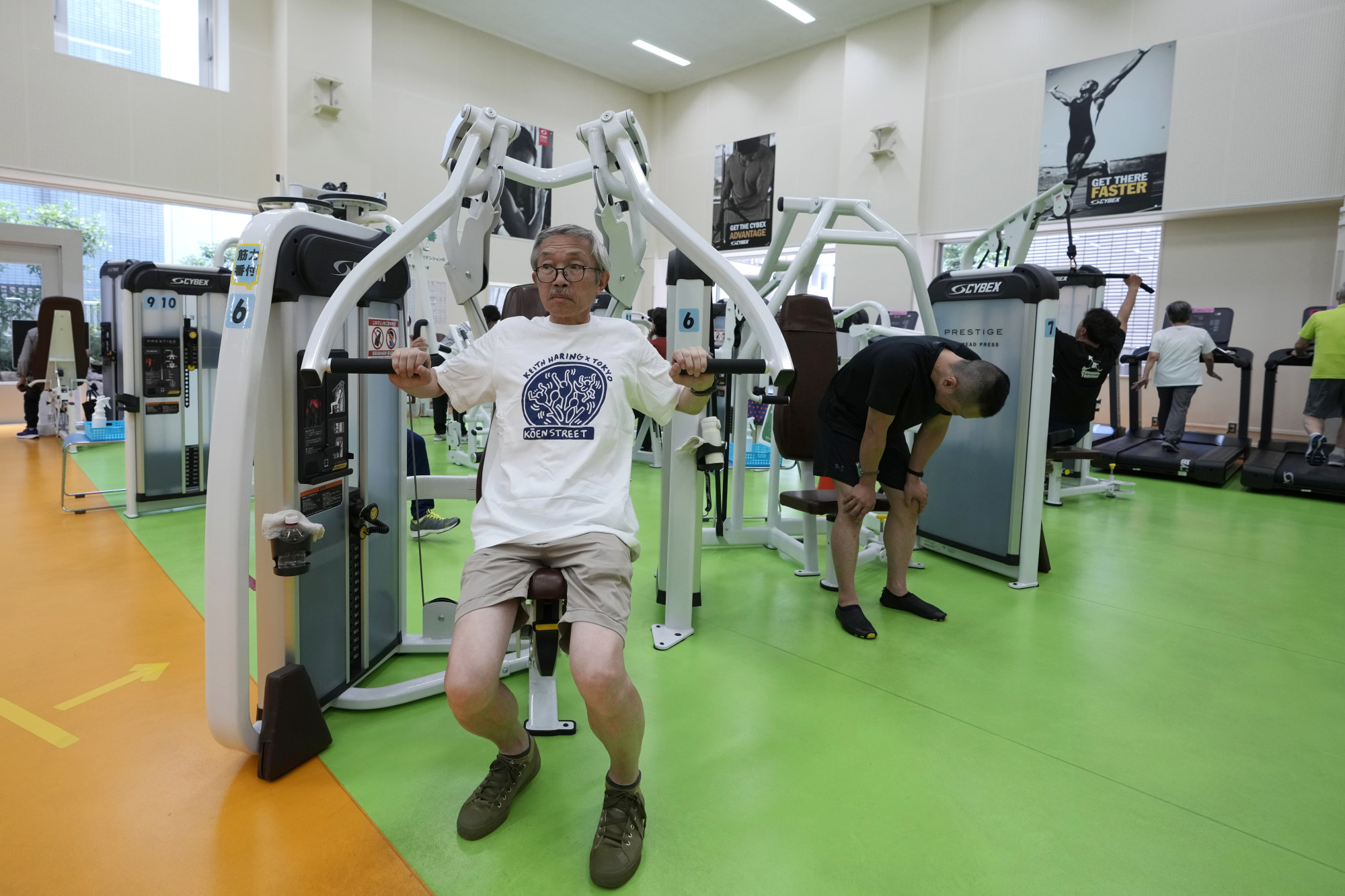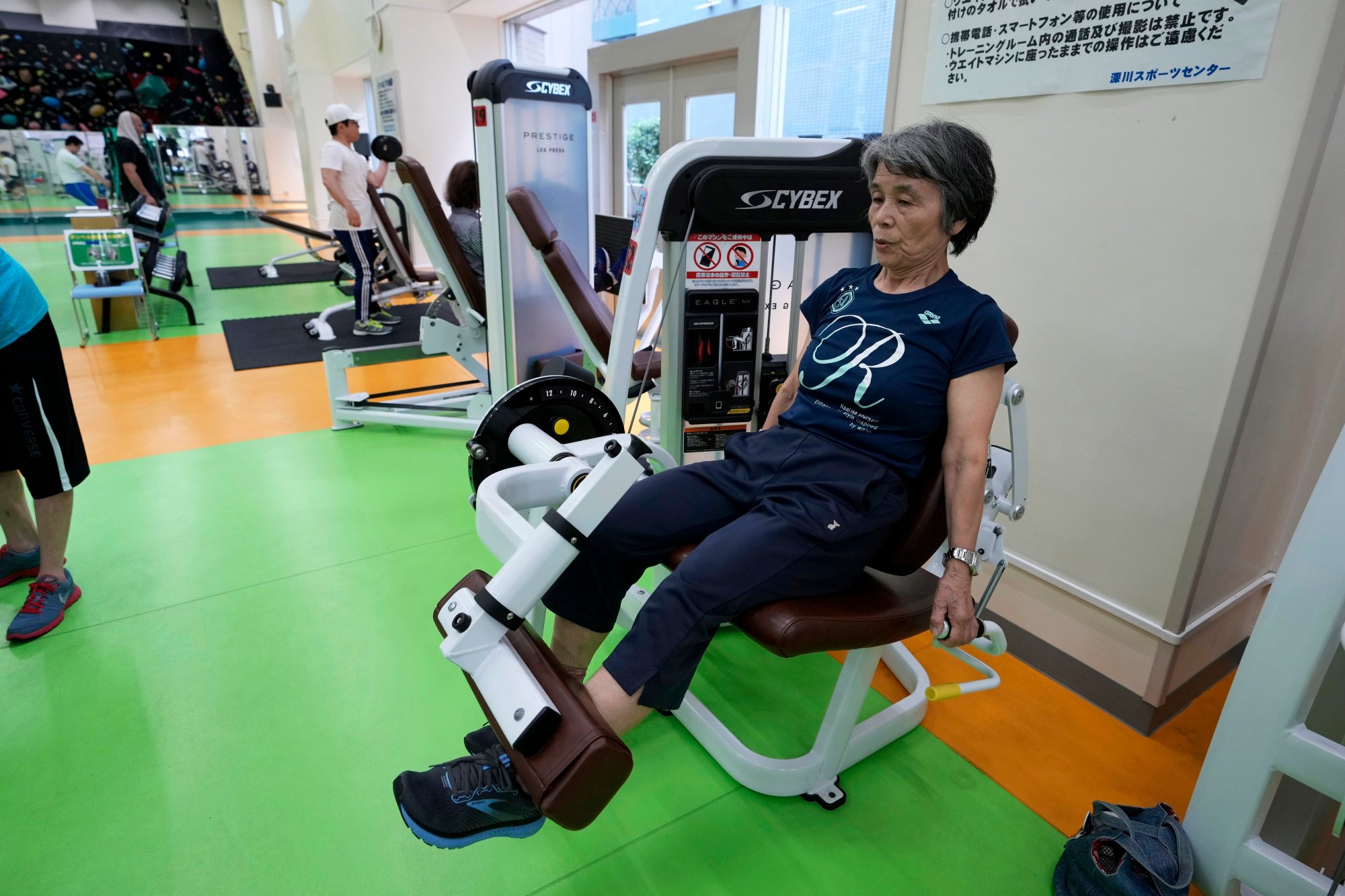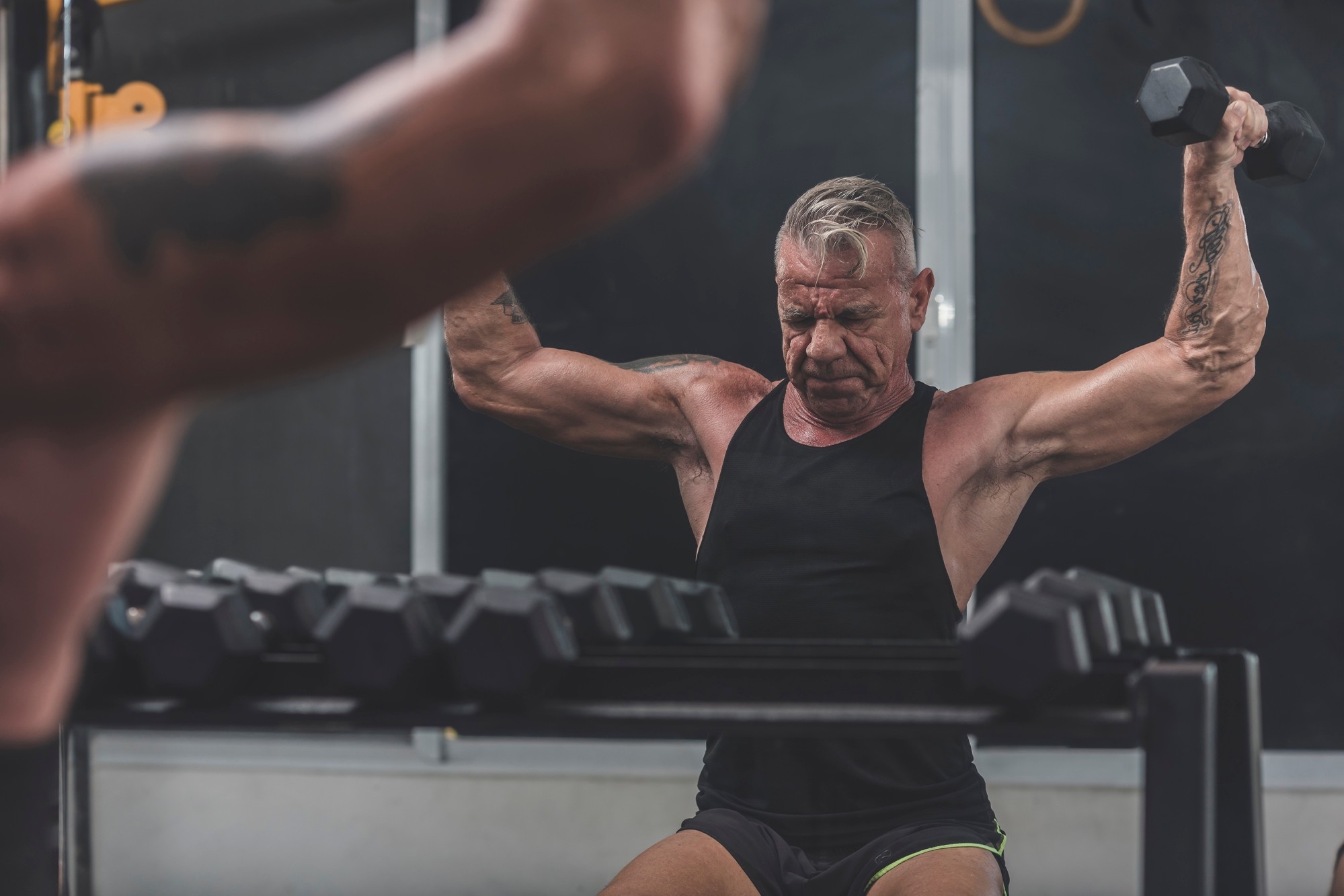Fitness
Why you should push yourself as you age; you’re not as fragile as you think

Check with medical professionals to make sure there are no health problems that stand in your way.
Then find a gym. Larger gyms offer a social component with things to do on a day off from weight training. And Bamman suggests getting a trainer.

“It’s actually quite safe, but it does require proper progression,” Bamman says. “You have to have a good instructor who can teach the movements properly.”
Bamman, a research scientist at the Florida Institute for Human & Machine Cognition, says finding a fully qualified trainer can be tricky.
“We need more rigorous certification of trainers,” he said. “The problem is that you can go online tonight and pay US$50 and get some certification as a trainer.”
He suggests 10 different exercise movements – eight is sufficient. Do 10 repetitions of each movement. Do this three times, described as three sets. Then move on to the next movement.
When you reach the 10th repetition, you should feel you cannot do many more. If you could have done 10 more reps, you might want to increase the resistance.

Bamman says machines are better for beginners, but free weights – barbells or dumbbells – may be more effective as you gain confidence.
Before the weights, start with a five- to 10-minute warm-up – on the treadmill, stationary bike or elliptical machine – to get the blood flowing. You can add a few minutes on the mat for stretching and abdominal work.
Then come the weights.
“Sometimes you see people who sit on the machine, do a set and then play with their phone for three or four minutes. We like to keep them moving.”

“But the strength-training benefits for both sexes are really important. There are no sex differences in the ability to respond. In gaining muscle mass and strength in untrained people, men and women track the same.”
Yasuko Kuroi is 72 and started resistance training about 20 years ago.
“I saw the men in the gym and thought I could do that, too,” she says, speaking at a municipal recreation centre in Tokyo.
In a few words: use it or lose it.
Bamman cautions against pampering yourself and criticises doctors “who baby seniors”, Of course, common sense is required.
“Our human body is a demand-based system,” Bamman says. “If you chronically impart a low demand on the body, we have adaptations to low demand. That’s why we lose muscle mass, that’s why we get weaker. We’re not demanding much.”

“Bed rest or space flight is essentially expedited ageing,” he says. “All of our systems as we age are capable of responding and adapting. They just need the stimulus.”
Bamman is 57 and jokes he is getting “closer in age to the people I study”. He also emphasises there are no short cuts.
“These programmes that roll out for older adults – seated exercises and the like. This is gimmicky and they don’t impart enough demands on the body,” he says.


)






